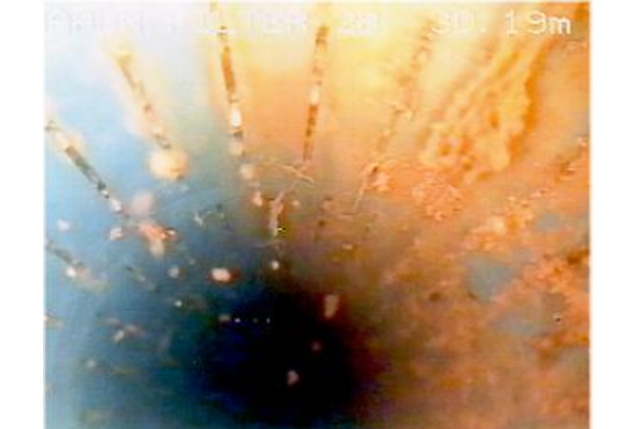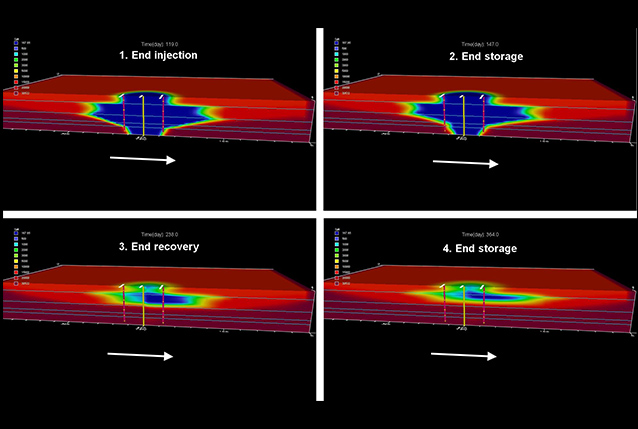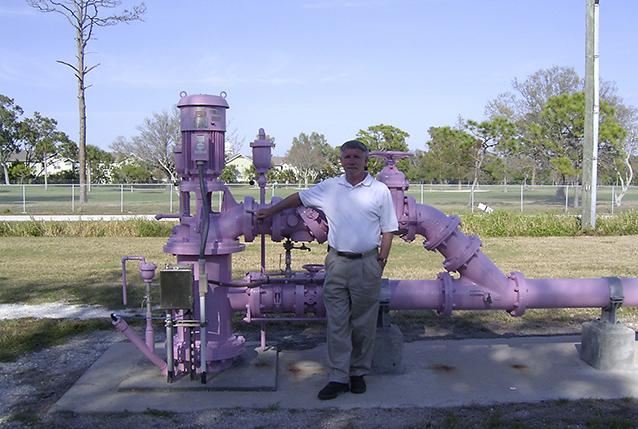Managed Aquifer Recharge (MAR)
MAR comprises techniques like Artificial Recharge (AR, including Basin AR and Aquifer Storage Recovery) and River bank filtration (RBF). They can partly solve or mitigate the mondial water crisis, which is deemed to worsen due to climate change and growing water demands.
Important advantages of these techniques consist of (1) very high recharge rates utilizing relatively small surface areas; (2) the transformation of unreliable, often polluted surface water into hygienically safe groundwater of much better quality; and (3) subterranean storage which protects the water against evaporation losses, algae blooms, atmospheric fallout of pollutants, and earthquake hazards.
Disadvantages may consist of cumbersome clogging phenomena, water losses due to mixing with brackish groundwater, and natural reactions with the porous medium. The latter may raise the concentrations of for instance Fe, As, F, Mn, NH4, Ca, DOC, 222Rn and 226Ra and thus necessitate a post-treatment. In addition, surface waters to be stored may contain emerging pollutants such as pharmaceuticals, personal care products, xeno-oestrogens and nanoparticles, the behavior of which is still poorly understood.
The introduction of MAR systems therefore raises many technical and scientific questions. In our research program the focus is mainly on the following key topics:
- The diagnosis and prevention of well clogging,
- Optimizing ASR systems in brackish to saline aquifers (e.g. for agriculture) by reducing bubble drift and bubble buoyancy, and thereby raising the recovery efficiency,
- Optimizing ASR systems for drinking or rain water storage by reducing water-sediment interaction,
- The behavior and modeling of pollutants, radionuclides, bacteria and viruses, and main constituents during detention in recharge basins and during aquifer passage,
- The recognition and dating of infiltrated surface water in the subsurface by multitracing, and
- The identification, modeling and hydrogeochemical impacts of particular, ecologically vulnerable flow systems (like rain water lenses and flow-through lakes) in the vicinity of recharge basins.




